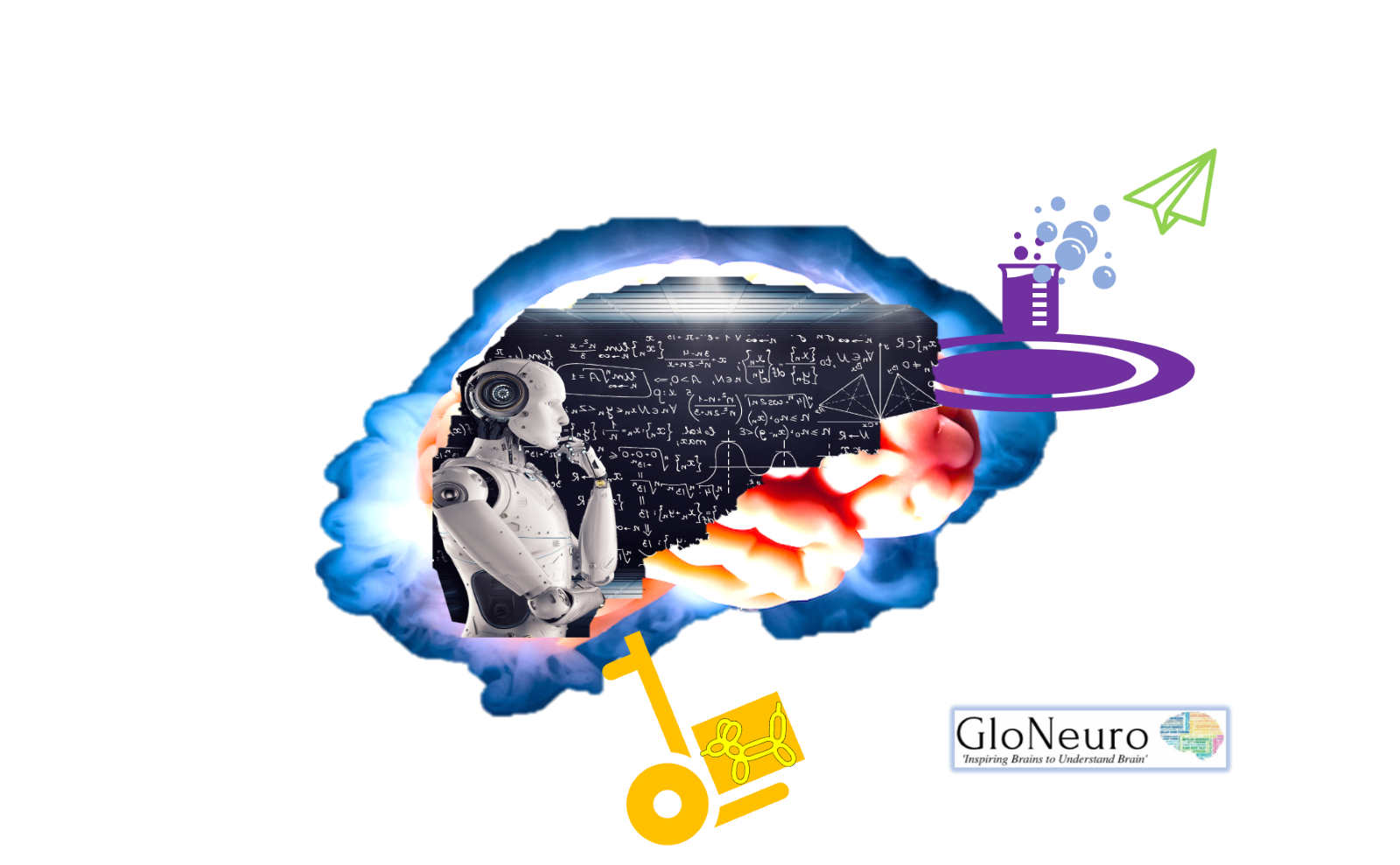
Artificial Intelligence, or AI, refers to the ability of machines to learn and make decisions like humans. In simple terms, it is the intelligence exhibited by machines or software that mimics human behavior. This field of computer science has seen tremendous growth in recent years and is now being used in a wide range of applications, from personal assistants like Siri and Alexa, to self-driving cars and medical diagnosis. In this GloNeuro article, we have tried to put the basic knowledge about AI so that the audience can understand about AI basic concepts.
AI is made up of several components, including machine learning, deep learning, and natural language processing. Machine learning is a subset of AI that involves training machines to learn from data without being explicitly programmed. This is done by feeding large amounts of data into an algorithm, which then learns patterns and makes predictions based on those patterns. Deep learning is a more advanced form of machine learning that uses neural networks to recognize patterns in data. Natural language processing is another important component of AI, which allows machines to understand and interpret human language. One of the most exciting applications of AI is in the field of robotics. Robots equipped with AI can perform a wide range of tasks, from manufacturing and assembly line work, to search and rescue missions in disaster zones. In fact, AI-powered robots are already being used in the healthcare industry to perform surgeries and other medical procedures.
Another area where AI is making a big impact is in the development of self-driving cars. These cars use a combination of sensors, cameras, and machine learning algorithms to navigate roads and make decisions in real-time. They are already being tested in several cities around the world, and many experts predict that they will become mainstream in the next decade. In addition to these practical applications, AI is also being used in the entertainment industry. Many video games use AI to create intelligent and responsive non-player characters, or NPCs. AI is also being used to create more realistic special effects in movies and television shows.
While the potential benefits of AI are many, there are also concerns about its impact on society. For example, some experts worry that AI could lead to widespread job displacement, as machines replace humans in many industries. Others worry about the potential for AI to be used for malicious purposes, such as cyber-attacks or surveillance. Despite these concerns, there is no doubt that AI will continue to play an increasingly important role in our lives in the years to come. Whether it’s in the form of self-driving cars, intelligent robots, or even virtual assistants, AI is poised to revolutionize the way we live and work. As such, it’s important for students to start learning about this fascinating field now, so that they can be prepared for the opportunities and challenges that lie ahead.

AI in Neurosciences
AI is being increasingly used in neuroscience research to help analyze and interpret complex data sets, and to develop new treatments for neurological disorders. Here are some ways AI is being used in neurosciences:
- Brain Imaging: AI is being used to analyze brain imaging data, such as MRI scans and EEGs, to identify patterns and relationships that may not be visible to the human eye. This can help neuroscientists better understand brain function, and identify biomarkers for neurological disorders.
- Drug Discovery: AI is being used to develop new drugs for neurological disorders, such as Alzheimer’s disease and Parkinson’s disease. Machine learning algorithms can analyze large databases of molecular structures and predict which compounds are most likely to be effective in treating a particular disorder.
- Diagnosis and Treatment: AI is being used to develop new diagnostic tools for neurological disorders, such as Alzheimer’s disease and multiple sclerosis. Machine learning algorithms can analyze patient data, such as MRI scans and blood tests, to identify patterns that may be indicative of a particular disorder. AI is also being used to develop personalized treatment plans for patients with neurological disorders, based on their individual genetic and physiological profiles.
- Brain-Computer Interfaces: AI is being used to develop brain-computer interfaces (BCIs), which allow individuals with neurological disorders to control computers and other devices using their brain activity. Machine learning algorithms can interpret EEG signals and translate them into commands that can be used to control a computer mouse, wheelchair, or other device.
- Cognitive Neuroscience: AI is being used to model cognitive processes, such as learning and memory, in the brain. Machine learning algorithms can simulate neural networks and test hypotheses about how the brain processes information.
By using AI in neurosciences, researchers get immense help in better understanding the brain and develop new treatment strategies for neurological disorders. As AI continues to advance, it is likely that it will lead to even more breakthroughs in this field in coming years. We will discuss about the exciting topics related to AI in upcoming GloNeuro articles.
Related Articles



